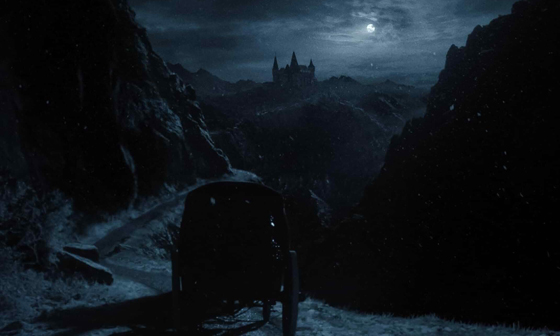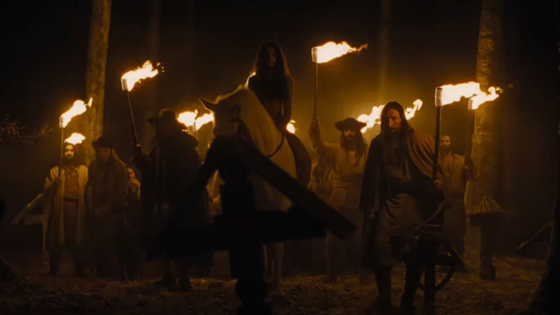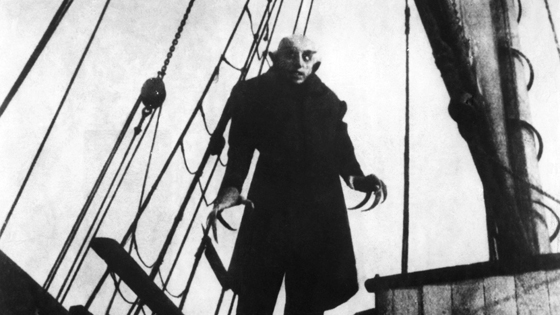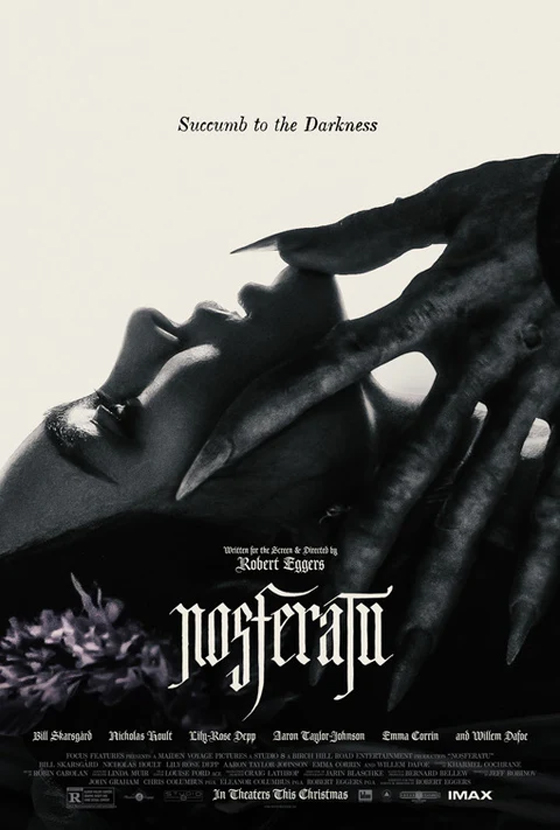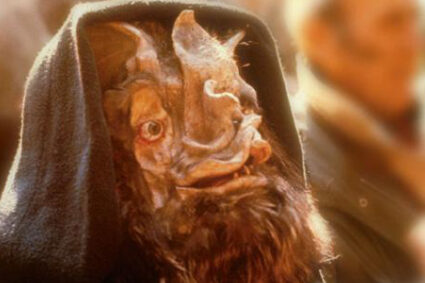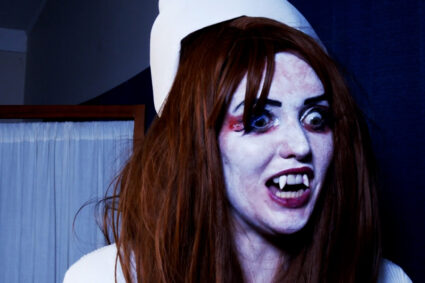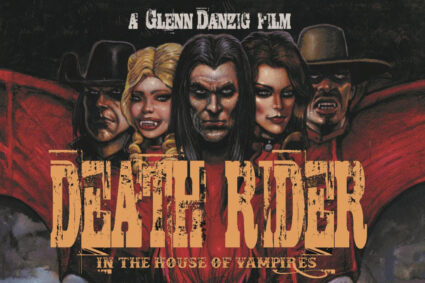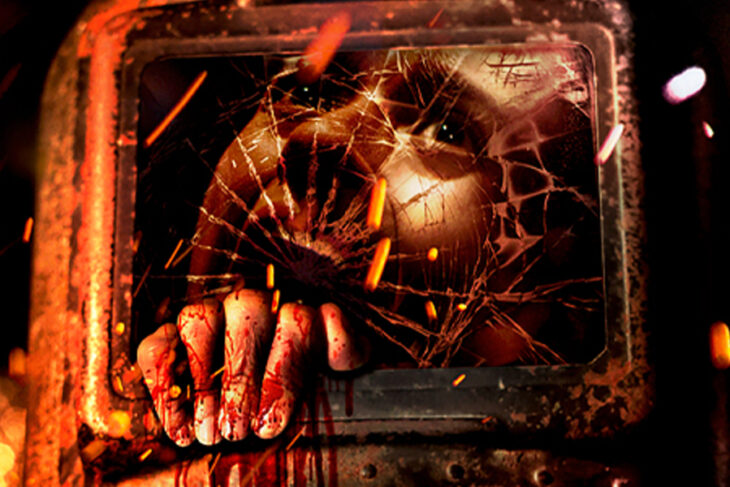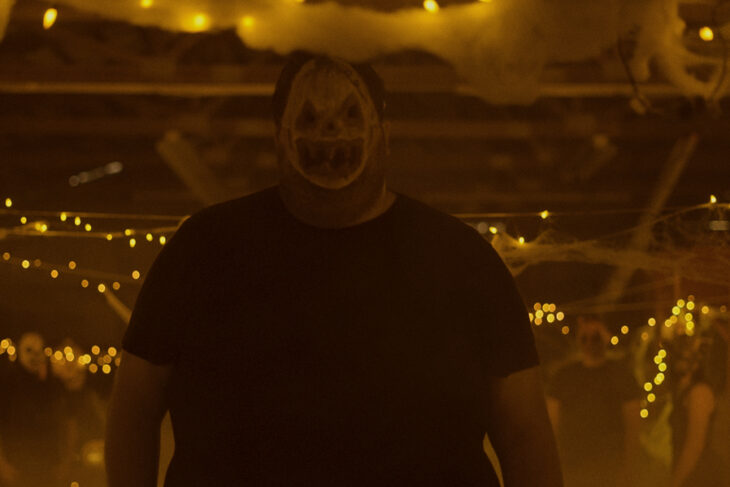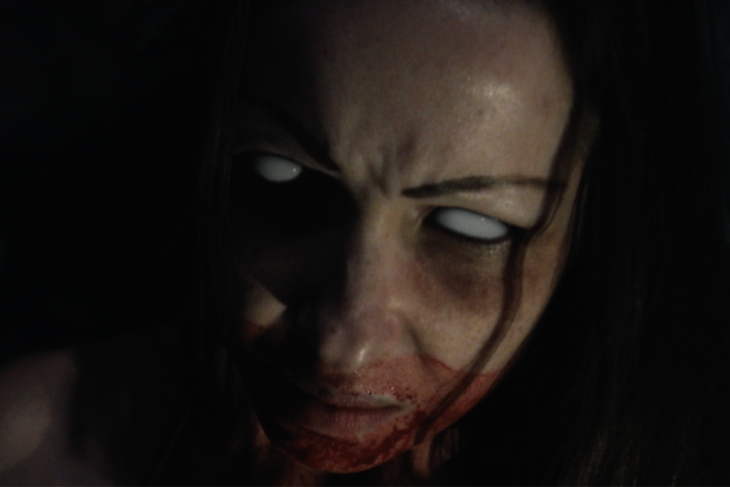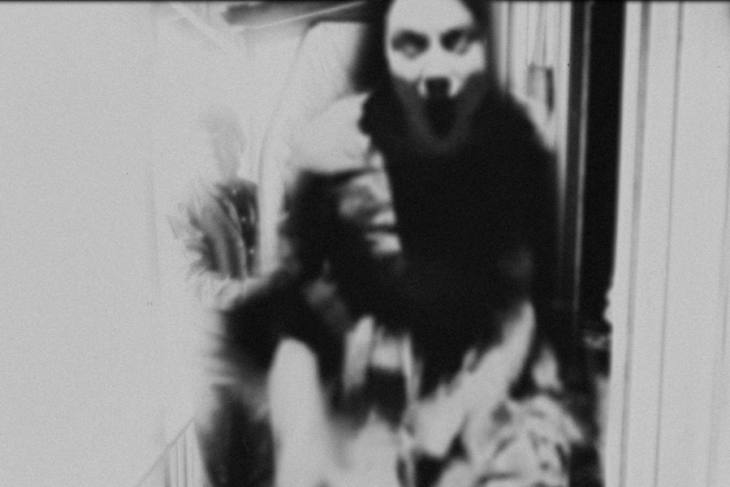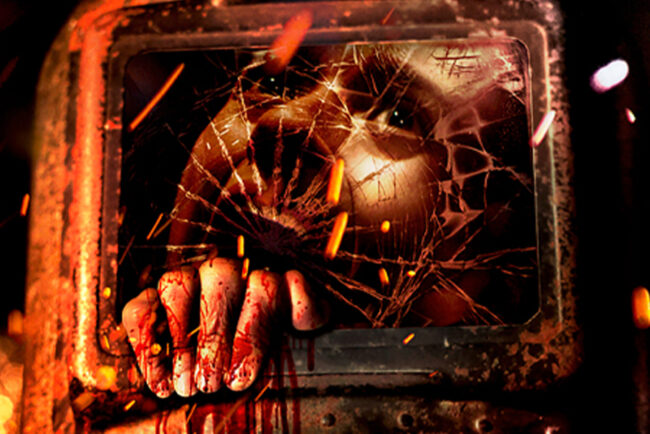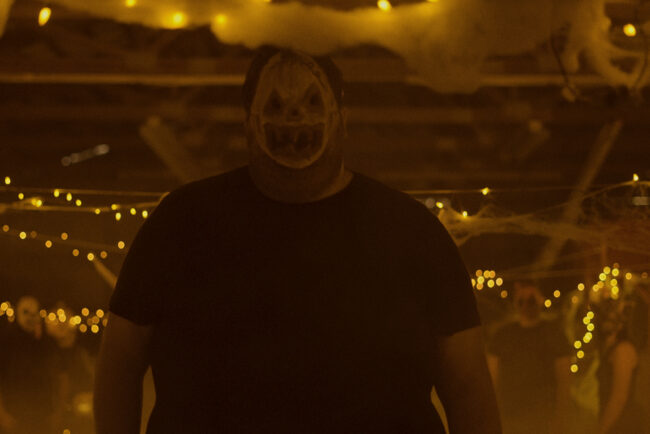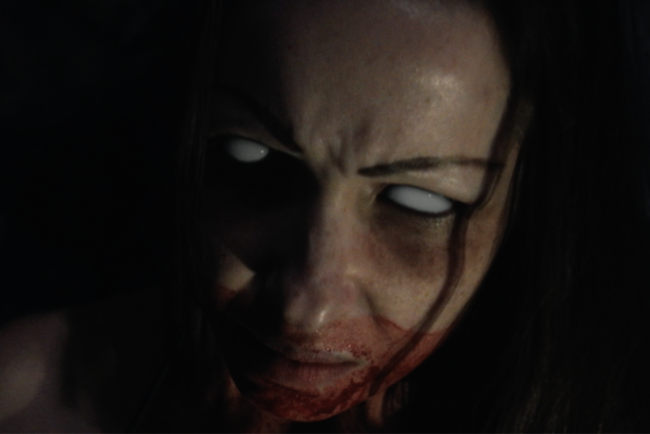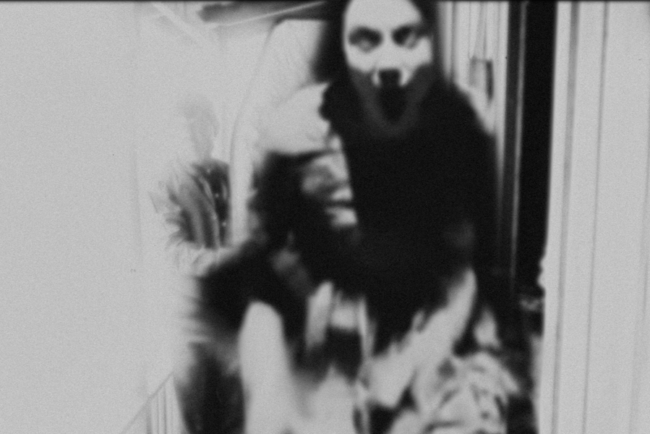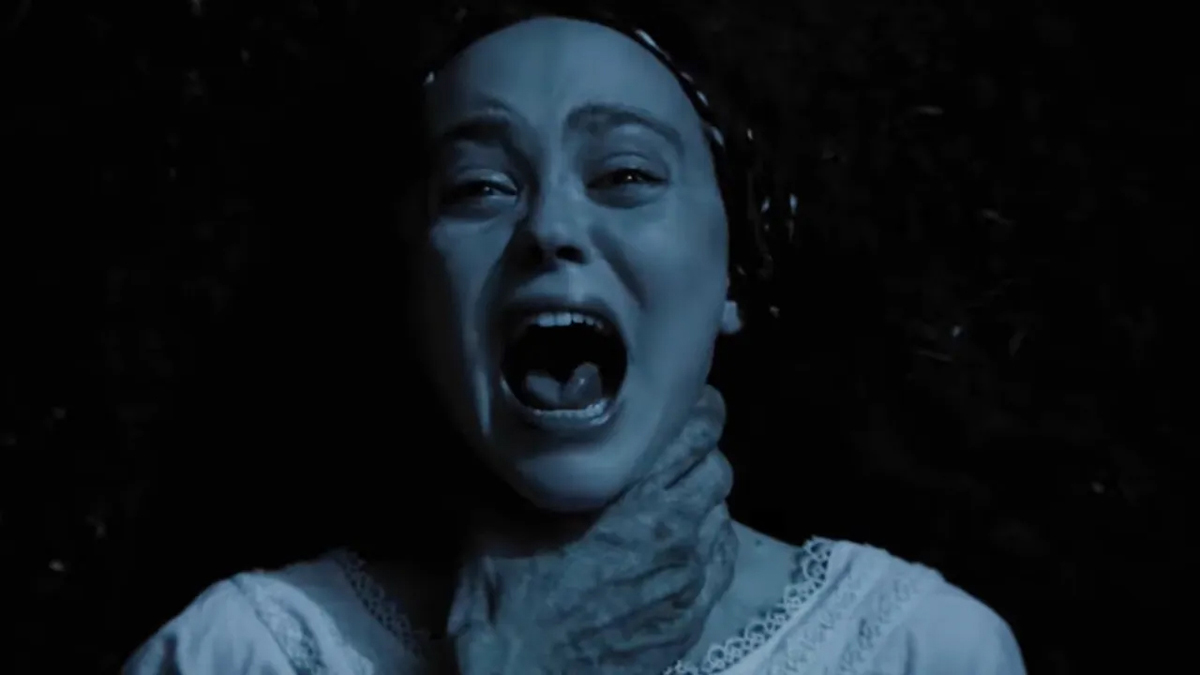
In 1922, F.W. Murnau’s unauthorized adaptation of Bram Stoker’s Dracula—titled Nosferatu: A Symphony of Horror—became the first true horror film. It can be said that The Cabinet of Dr. Caligari, released two years earlier, deserves the honor. But even that movie, with is feverish expressionism and dark take on mental illness, was not as pure in its horror as Nosferatu.
Murnau’s film was an unrelentingly grim descent into a world of disease, decay and death. Its cadaverous rat-like vampire, Count Orlok was a creature of pure nightmare, unlike anything seen before on the screen. Many of the silent “horror” films prior to Cabinet of Dr. Caligari were brief “trick” films based on special effects. Many were done for laughs and featured very little in the way of actual story. Nosferatu was strikingly different and much more intense.
The film almost didn’t survive at all. When Bram Stoker’s widow learned of the film and its close resemblance to her husband’s masterwork, she sued the movie’s creators and tried to have all existing copies of it destroyed. Fortunately, a few good prints survived so future generations could experience the ground-breaking film.
It certainly made an impact on those who saw it. The great German film-maker Werner Herzog did a remake in 1979, starring Klaus Kinski as Count Orlok, who was slightly more human looking than the original version played by Max Schreck. Orlok’s creepy appearance inspired the looks of several other vampires…Barlow in the filmed adaptation of Stephen King’s Salem’s Lot was very clearly based on Orlok. I even recall a rather silly episode of Buck Rogers in the ‘80s that featured a knock-off of Orlok as a “space vampire”.
Robert Eggers, acclaimed director of The Witch and The Northman, was profoundly moved by the original Nosferatu. It was his intention to produce a faithful remake of the film from the very start of his career. Plans were made as early as 2015 for Eggers to helm a new version of Nosferatu, but it wasn’t until 2020 that actual casting and logistics were planned.
The holly jolly time of Christmas actually used to be quite the season for ghost stories and supernatural tales in pre-technological times. Eggers decided to put some ghoul back in Yule by releasing his version of Nosferatu on Christmas Day 2024. I saw it a week later and somehow, it’s grim and wintry aesthetic fit the bleak slushy atmosphere outside.
In recent years, the word “remake” has become a virtual synonym for “garbage” amongst film fans. Happily, Eggers’ Nosferatu is an exception to that rule. Eggers’ love of the original is obvious in every frame of his version. The story follows the path of the original…and also of Dracula…with very little deviation. In many cases, some shots are virtually identical to the 1922 version, released more than 100 years ago. Eggers did take advantage of our modern sensibilities to allow for more explicit sex and violence. The new Nosferatu pushes boundaries in a way that even the first film couldn’t. And yet, despite that, the movie relies on atmosphere in every single frame.
The story itself is actually very simple, but it’s the details that make it compelling. Let’s now take a closer look at that story…
Our story mostly takes place in the fictional German town of Wisburg in the early 19th century. Here lives a morbid young girl named Ellen, who one night begs for a visit from some supernatural being. Unfortunately for her and everybody else in Wisburg, her plea is answered.
The proper story then begins in 1838. Ellen (Lilly-Rose Depp) is now a married woman. Her husband Thomas Hutter (Nicholas Hoult) is a struggling real estate agent who is trying to secure a good financial future for him and his wife. It’s apparent from the beginning that Ellen is a deeply troubled woman, consumed by melancholy and dark forebodings. In fact, she makes Wednesday Addams look like Gidget with her constant flow of ominous pronouncements.
Thomas thinks he may have found a way to the security he seeks by taking a special assignment from his rather eccentric boss, Herr Knock (Simon McBurney). Knock has just sold the deed to a ruined castle in Wisburg to a strange foreign nobleman called Count Orlok. Orlok is described as infirm, and he cannot travel to Wisburg yet. Thomas must personally bring the proper documents to Orlok at his castle located in the wildest corner of Transylvania.
If Thomas completes the task, Knock will lavish a huge reward upon him. Thomas accepts the commission and prepares to set off for Orlok’s castle. Little does he know that his boss is a black magician who is deeply under the control of Orlok.
The period detail in Nosferatu is both accurate and dreamily romantic at the same time. Eggers has gone out of his way to make his film as Germanic and Gothic as possible. We get a look at the lively and crowded center of Wisburg, full of butchers, merchants and hurrying peasants as Thomas marches through the town. Later, Wisburg will become a ghastly plague town overrun by rats and death…
Always cheerful, Ellen warns Thomas not to visit Orlok. She tells of a dream she had where she married Death in front of a church full of corpses. Thomas leaves her in the care of his more successful friend Friedrich Harding (Aaron-Taylor Johnson) and Harding’s wife Anna (Emma Corrin), who is Ellen’s best friend.
In every adaptation of Dracula including the original Nosferatu, it is always the journey to the vampire’s castle and the subsequent imprisonment there that is the most purely horrific and foreboding part of the narrative. So, it is here. Thomas’ journey takes him deep into Gypsy country, where superstition and tradition have kept sway for centuries. He spends an uneasy night amongst the gypsies, who all laugh at his foolishness for visiting Castle Orlok. The very mention of the Count’s name causes a horrified reaction from the peasants.
That night, a restless Thomas awakens and sees a strange ritual as a naked young virgin on a white horse is led through a graveyard. When the horse stops in front of a certain grave, it is opened and the corpse within is violently staked with a huge spear, causing the “dead” man to groan and vomit a huge quantity of blood. Thomas feels he has left the real world and entered a nightmare, but much worse is to come.
The next morning, the Gypsy Village is completely empty, and Thomas must finish his trip on foot. Very few forests in cinema are as grim and ghostly as this Carpathian wood. The night-time scenes under a full moon are dream-like and beautiful, like Gustav Doré paintings come to life. Eggers has brought the darkness of Transylvania to life even more than Francis Ford Coppola’s Dracula or any of Hammer’s vampire films.
In the dead of night, Thomas is met by a huge carriage at a crossroads. He enters and the carriage proceeds to the menacing Castle Orlok under a full moon, with howling wolves trailing behind it. The castle itself is a lightless monolith of stone that seems to be the abode of the dead. I would have hitch-hiked back to Wisburg after the previous night, but Thomas is compelled to enter the bleak ruin, where he encounters a dark towering figure that must be Count Orlok. This scene is bristling with true Gothic dread.
Related Content:
Interview with Dacre Stoker: Royal Horror Bloodlines
Orlok, as played by Bill Skaarsgaard, looks different than I thought he would. He seems to be a composite drawn from several previous versions of Dracula/Orlok. First, he’s immensely tall, even more so than Max Shreck’s portrayal. Surprisingly, he has a mustache! And instead of being completely hairless, he does have some kind of ratty hairdo. The predominant look is still classic Orlok, but there’s a good deal of Bram Stoker’s original description of Dracula here. Dracula in the book was never a Lugosi or a Christopher Lee lookalike, but rather a menacing Carpathian nobleman with bristly hair and mustache. And that mustache also brings to mind an older inspiration for the vampire count: the legendary tyrant Vlad Tepes.
Orlok also speaks, but his voice is an inhumanly deep and rather exaggerated take on a Romanian accent…like Bela Lugosi times 10. If any director other than Eggers (or maybe Del Toro) had overseen Nosferatu, the voice would have been ludicrously overdone, but in this brooding Gothic nightmare, the voice fits.
Thomas at first tries to carry on a normal business conversation, but there’s no doubt he’s in the presence of a dreadful supernatural being. Orlok spies Ellen’s image in a locket Thomas has with him and becomes immediately fascinated by her. He imperiously demands that Thomas sign the contract he has, which is written in an obscure script. Thomas meekly complies and Orlok spots a cut on his finger. The sight of blood is more than the vampire can stand, and he attacks the young man, draining some of his blood but leaving him alive.
Thomas escapes his ghastly imprisonment and finds an enormous sepulcher in the basement, which has what seems to be a demonic sigil on it. Thomas finds a stake and removes the lid of the sepulcher, intending to kill Orlok. But the cadaverous creature rises in a scary scene and has his wolves chase Thomas through the castle. He leaps through a window into a raging torrent of water to escape…either dead or alive.
Thomas’ limp body is found on the banks of a river by Orthodox nuns, who take him back to their convent and nurse him back to health. During his recovery, he is overcome by terrifying visions. Meanwhile, Orlok has prepared to be transported by ship to Wisburg, where he will meet the morbid young girl who has bewitched him from afar.
Here I think Eggers missed an opportunity. In the original Nosferatu, arguably the most terrifying part of the movie is when Orlok feeds on the helpless sailors aboard the unlucky ship. Here, that scene is greatly rushed through, and we don’t feel quite the same hopeless horror as the sailors in the original movie did. A minor quibble, but a valid one.
Back in Wisburg, things are not good. Ellen seems to be almost demonically possessed, sleepwalking every night and violently convulsing with fierce seizures. Friedrich and Anna have their family doctor, Dr. Sievers, look at her. Sievers (Ralph Ineson) is at a loss to treat her successfully, but he recognizes that her problem may be supernatural in origin. That leads him to bring in an old teacher of his, Prof. Von Franz (Willem Dafoe), on the case.
Von Franz lives in obscurity, with his occult theories and practices resulting in him being exiled from the academic world. He is Nosferatu’s equivalent of Dr. Van Helsing. As always, Dafoe is magnetically weird in the role. I’ve never known him to play a well-balanced or “normal” character in the last 30 years and that string remains intact here. By the end of the film, we realize that Von Franz may be almost as much of a danger as Orlok himself.
Orlok’s ship arrives in Wisburg, full of rats and with every crew member dead. The rats run riot in the town and soon a deadly plague grips the city. The scenes of a plague-infested Wisburg are masterfully done, as the streets are full of hysterical people, corpses and rats. It’s clearer than ever that Orlok is not just a vampire, but more of a walking plague that brings pestilence everywhere he goes. In concert with his arrival, Herr Knock has become a complete bloodthirsty lunatic, attacking people and eating animals raw. He escapes from an asylum so he can help Orlok move into the moldering old mansion he has bought in town.
Ellen seems almost as crazy as Knock. When an exhausted Thomas finally returns to Wisburg, she reacts to him in wildly different ways, first insulting him and then trying to seduce him. This happens only when she doesn’t seem to be undergoing demonic possession. Indeed, a lot of this portion of the film resembles The Exorcist. Lilly Rose-Depp gives a very physical performance as Ellen, but quite frankly, her constant hysterics get to be really draining to watch.
Von Franz has learned that if a maiden can keep the Nosferatu occupied with sex until the sun rises, the undead monster will be doomed. But he tells Thomas nothing of this. Instead, he puts together an expedition with Thomas and Dr. Sievers to visit the ruined mansion where Orlok now dwells so they can put a stake through his heart. The real danger is undertaken by Ellen, who gives in to her strange attraction to Orlok. Can she be saved from his embrace? Or will this gruesome spirit of pestilence turn all of Wisburg into a graveyard?
That’s something you’ll have to see the movie to find out. Suffice it to say, Eggers…a director not known for a sunny outlook…doesn’t shy away from extreme darkness. The physical relations between Ellen and Orlok are far more explicit than any previous version of Dracula has dared. The tale resounds with the kind of tragic gloom that classic German horror was known for.
Eggers’ Nosferatu bridges the gap between classicism and modern horror in a way no other 21st century film has done so far. You can make a comparison to how Hammer’s The Horror of Dracula introduced a new level of blood and sexual undertones to the vampire saga. It upped the ante from Lugosi’s Dracula to something more extreme. And so, it is with this new version of Nosferatu. It performs that difficult dance of being faithful to its source while going much further as well. Nosferatu is not a gore film, but when it’s bloody, it’s very bloody. And as for the sexual aspect…well, see that for yourself.
I really hope this movie turns a corner for the horror genre. I hear that 2025 will bring us new films based on Frankenstein’s Monster and the Wolfman. If those are done with anywhere near the art and fidelity as Nosferatu, we will be looking at a full revival of classic horror. It’s about time!


